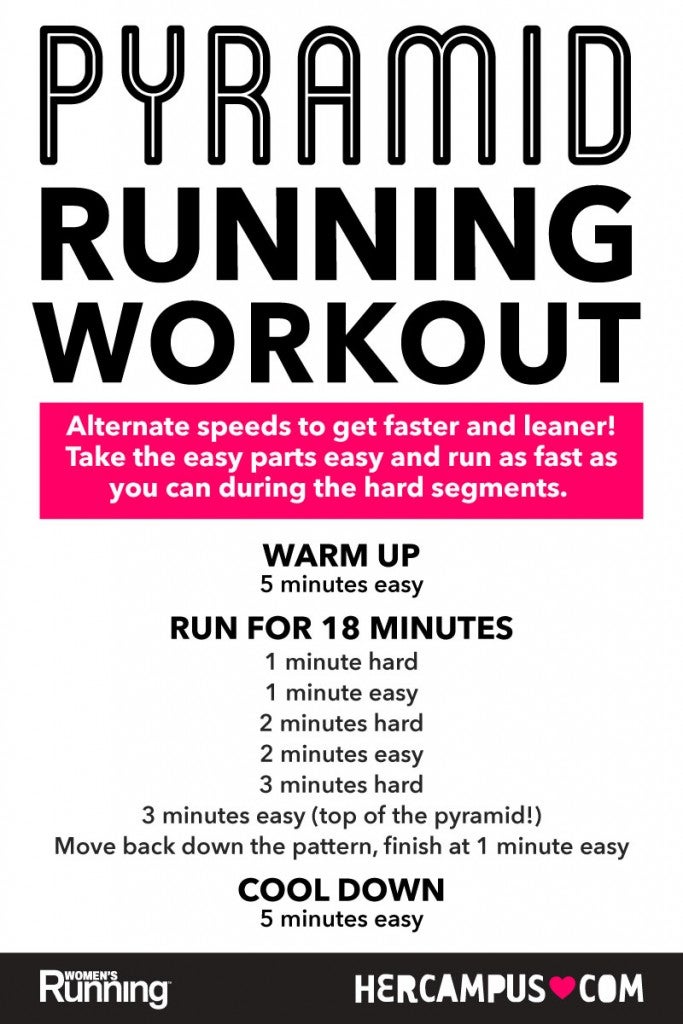Getting Rid Of Discomfort in Operating: Strategies and Techniques That Work
Pain is a common companion for many runners, frequently serving as a barrier to achieving their desired goals. However, with the right strategies and techniques, it is feasible to get over and also stop the discomfort related to running. By exploring various approaches such as recognizing the various sorts of running pain, maximizing shoes and form, incorporating cross-training and toughness exercises, implementing reliable healing methods, and keeping correct nutrition and hydration, joggers can potentially reduce their discomfort and improve their overall running experience.
Recognizing Different Sorts Of Running Pain

An additional kind of running pain is joint pain, which can materialize as a sharp or throbbing pain in areas such as the knees, hips, or ankles (running workout). Joint discomfort might be created by factors like incorrect running type, overuse, or underlying problems like joint inflammation (navigate to this website). It is important to separate in between muscle discomfort and joint discomfort, as the latter may require clinical focus to avoid additional injury
Comprehending the different types of running pain is essential for efficient administration and prevention techniques to make sure a risk-free and pleasurable running experience.
Appropriate Footwear and Running Kind
To optimize efficiency and decrease the threat of running-related injuries, choosing suitable shoes and preserving correct running type are important components for runners of all degrees. It is suggested to choose running footwear that are particularly created for the individual's foot type, running gait, and the kind of running task they engage in.

Cross-Training and Stamina Workouts
Taking part in cross-training and integrating stamina workouts right into a running regimen can dramatically enhance overall performance and reduce the likelihood of injuries. Cross-training, such as cycling or swimming, helps improve cardiovascular fitness while giving running muscle mass a break from repeated impact. It also helps strengthen different muscle teams, bring about far better total body conditioning. Toughness workouts, like squats, lunges, and core workouts, play a critical function in supporting muscle mass and improving running efficiency. They can correct muscular tissue inequalities, boost agility, and increase power output, every one of which are crucial for running efficiency.
Incorporating cross-training and strength workouts into a running regimen needs to be done tactically. It is important to enable appropriate rest in between running sessions and cross-training activities to stop overuse injuries. Furthermore, concentrating on appropriate form and method during stamina exercises is crucial to maximizing their advantages and reducing the threat of injury. By incorporating these components into a running regimen, joggers can construct a stronger structure, enhance efficiency, and delight in an extra sustainable running experience.
Recovery and Relax Techniques
Having actually developed the value of cross-training and toughness exercises in a thorough running routine, focus can now be guided towards Recuperation and Rest Methods as integral elements for maximizing performance and minimizing the threat of injuries. (running workout)
Healing after running is important for muscle fixing and growth. Methods such as foam rolling, extending, and massage therapy help in minimizing muscular tissue soreness and improving versatility. Ample rest between runs enables the body to recuperate and adjust to the physical stress and anxiety, avoiding overuse injuries.
Integrating energetic recuperation days right into a training schedule, where low-intensity activities like walking or cycling are performed, can improve blood flow and advertise healing without placing excess strain on the muscle mass. Furthermore, appropriate hydration and nourishment play an essential duty in the recovery process by replenishing lost fluids and nutrients.
Quality sleep is another vital aspect of recuperation that ought to not be neglected. Throughout rest, the body undertakes repair and regeneration procedures, adding to total physical and psychological health. By focusing on healing and remainder methods, runners can preserve optimum efficiency degrees and minimize the probability of experiencing pain or injuries.
Nutrition and Hydration for Runners
Carbs provide power for running, while proteins help in muscle repair service and healing. Adequate hydration is additionally essential to preserve optimum efficiency, as even moderate dehydration can adversely influence running performance. Additionally, timing meals and snacks appropriately before runs can assist protect against gastrointestinal discomfort and give the needed energy for peak performance.
Final Thought
In verdict, by understanding the various types of running pain, using correct shoes, redirected here maintaining correct running type, integrating cross-training and stamina exercises, focusing on recovery and rest, and concentrating on nourishment and hydration, joggers can efficiently conquer pain and enhance their performance. Executing these approaches and strategies can aid joggers protect against injuries, boost their endurance, and ultimately enjoy a more meeting running experience.
Comments on “Boost Your Running Strategy with Proven Techniques”